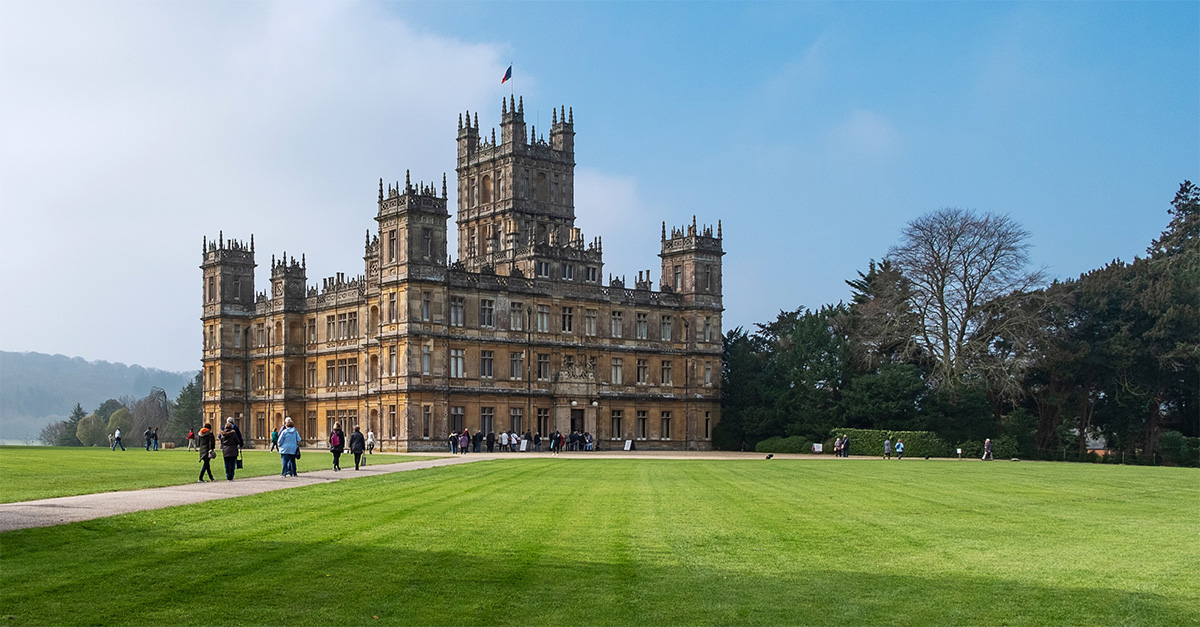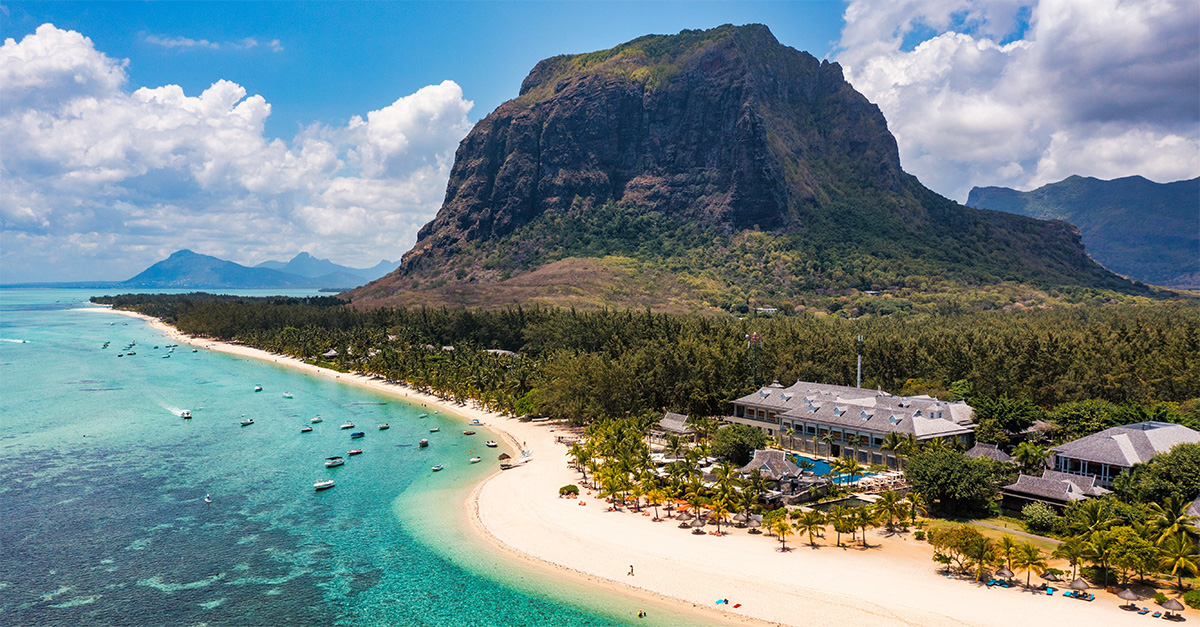Germany’s Harz Mountains are a playground of scenic walks, steam railways and Grimm fairy tales, discovers Joanna Booth
Like this and want more details? Click here to download and save as a PDF.
A hidden gem in the heart of Germany, the Harz Mountain region is home to half-timbered medieval villages and picturesque peaks dotted with castles and old mines.
It is particularly famed for its scenic steam trains, which give travellers great views in return for minimal physical exertion.
If your customers are looking for a peaceful, unspoilt spot that feels a world away from the modernity of Germany’s 21st-century cities, send them here.
THE HARZ MOUNTAINS
These lush, green, rolling hills – about 50 miles southeast of Hanover – haven’t always been so quiet. First silver mining brought prosperity to the region, while later the area straddled the border between West and East Germany.
Harz National Park is criss-crossed by three narrow-gauge railways, predominantly driven by steam locomotives. They are popular with tourists but also used as public transport by locals.
The Brocken Railway is an old fashioned steam train that makes the scenic journey through spruce woodland and narrow valleys to the Brocken, the highest peak in the mountains, which was once an East German and Soviet military surveillance post. First opened more than 100 years ago, the railway was closed to the public during the Cold war.
The railway’s terminus is at Wenigerode, one of the most famous small towns in the region, known for the kaleidoscope of colours decorating its half-timbered houses. Sitting above the town is its medieval castle, with gargoyles guarding the approach.
The towns of Goslar (pictured below) and Quedlinburg are also incredibly well-preserved – many buildings date back to the Middle Ages and both are Unesco World Heritage Sites. Quedlinburg is home to the oldest half-timbered house in Germany, and in Goslar tourists enjoy spotting the carvings of angels, demons, animals and mythological creatures that decorate the streets. Outside Goslar, the Rammelsberg Mine, which closed in 1988 after operating for more than 1,000 years, is now a mine museum where visitors can tour the shafts.
The little village of Thale sits in a deep gorge by the Bode River, and there are miles of hiking trails from the town. A cable car runs up to the Hexentanzplatz, a plateau high above the town. Rumoured to once have been a site of pagan ceremonies – hence the name, which means ‘witches’ dancing place’ – it’s now home to an open-air theatre, small zoo and gift shops.
Another popular walk is ‘Liebesbankweg’ or Lovers Walk, near the village of Hahnenklee. The trail ascends and descends the Bocksburg, and walkers can rest and admire the views at 25 individually designed benches in stunning locations overlooking the beautiful scenery.

THE FAIRYTALE ROUTE
To the west of the Harz Mountains, the Fairytale Route runs for 370 miles from Hanau up to Bremen, and sections of it can make great additions to a Harz itinerary. It is particularly in the spotlight this year as Germany celebrates the 200th anniversary of the publication of the famous book of fairytales by the Brothers Grimm.
The route traces associations of Wilhelm and Jacob Grimm, from locations where they lived and worked (including Steinau, where tourists can visit the brothers’ childhood home, now a museum), to areas linked to fairytales – the most famous being Hamelin, the setting for the Pied Piper story.
Other highlights include Kassel, where the first edition of Grimms’ Fairy Tales can be found; Alsfeld, home of the House of Little Red Riding Hood; the Snow White Museum in Bad Wildungen; and Sababurg Castle, also known as Sleeping Beauty Castle.




